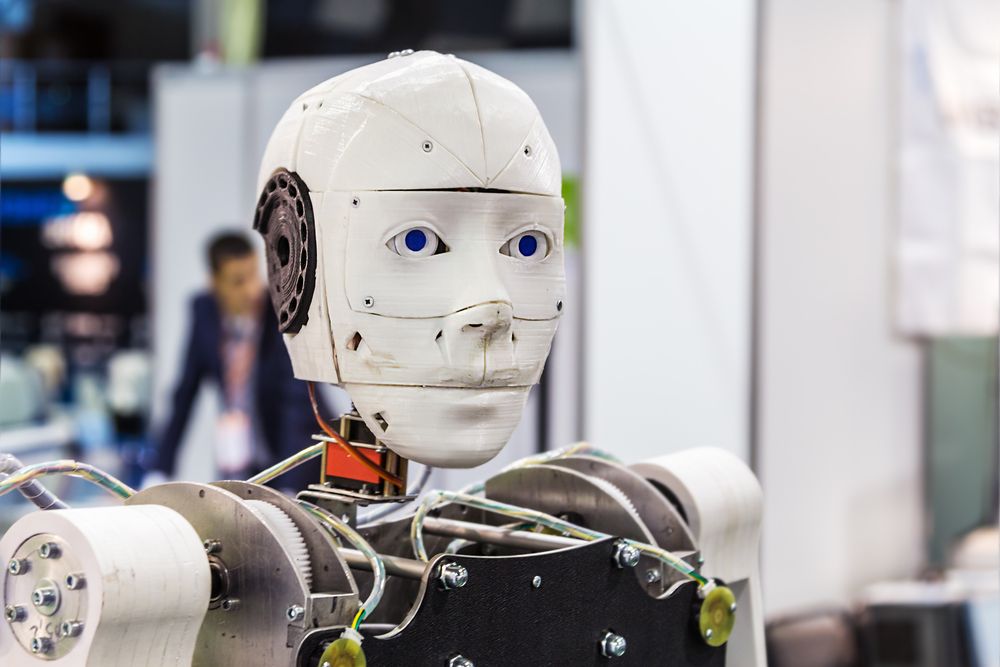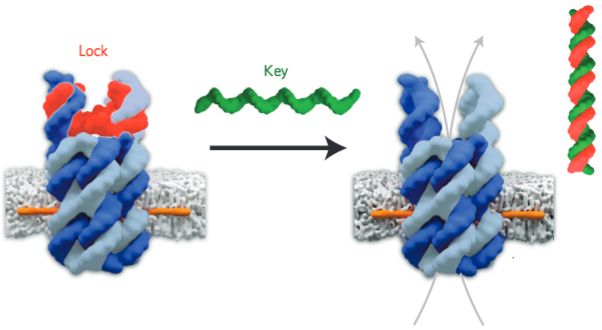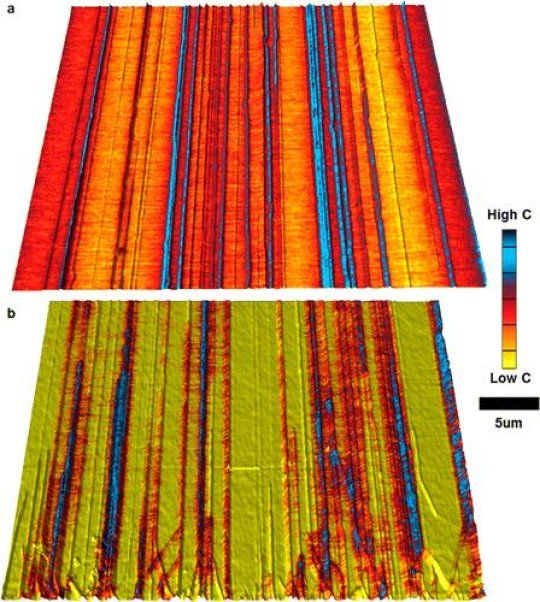Good article. I need to highlight that Quantum will most definitely take all of these technologies to a new level of performance and sophistication that we have never seen before. AI (including robotics) will be able to be the independent thinkers and humanoids that we all read about in SciFi or the AI Warning articles and blogs that we read about today. VR will be to interact and predict movements that are at least 20+ steps ahead of the average person; etc. This is why Quantum is the true game changer among all of these.
2 technologies missing that should also be included to this list is nanbots and CRISPR. Just like wearable’s and AI; CRISPR and nanobots are not new; however, they will change our healthcare industry.
It won’t happen overnight but it will happen.









